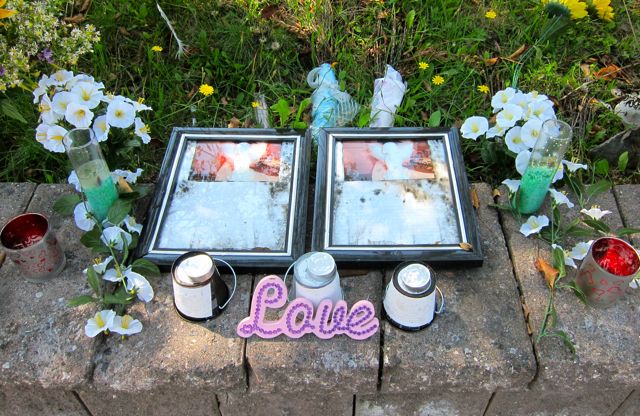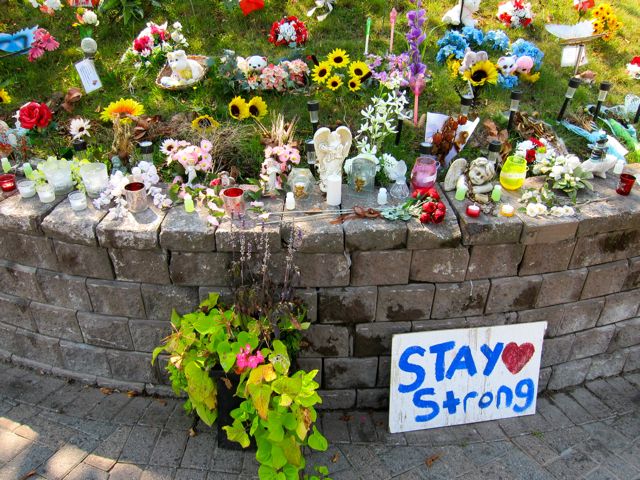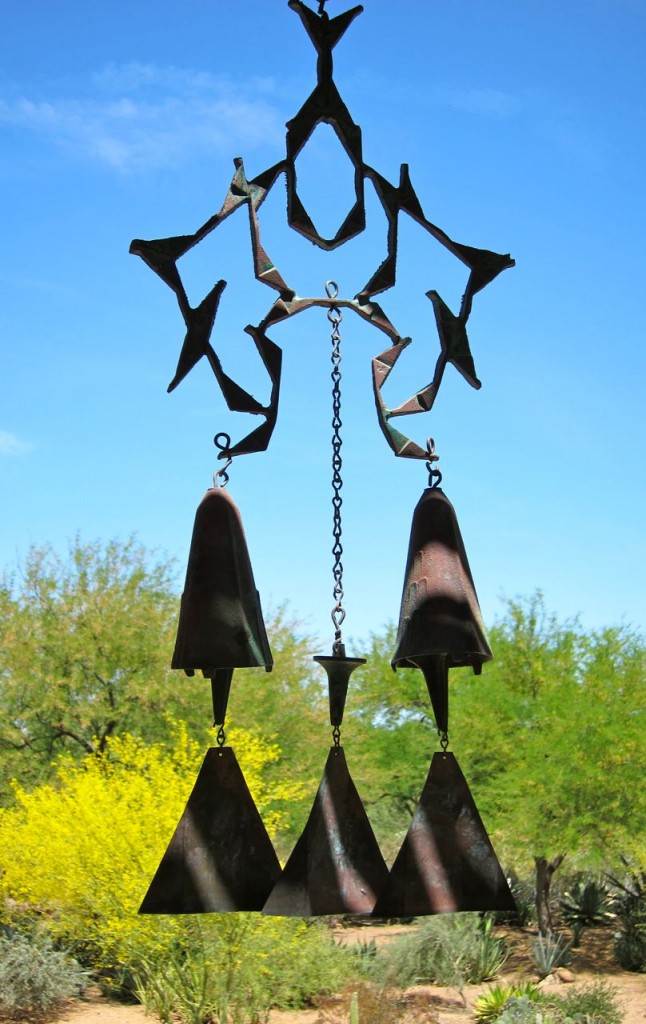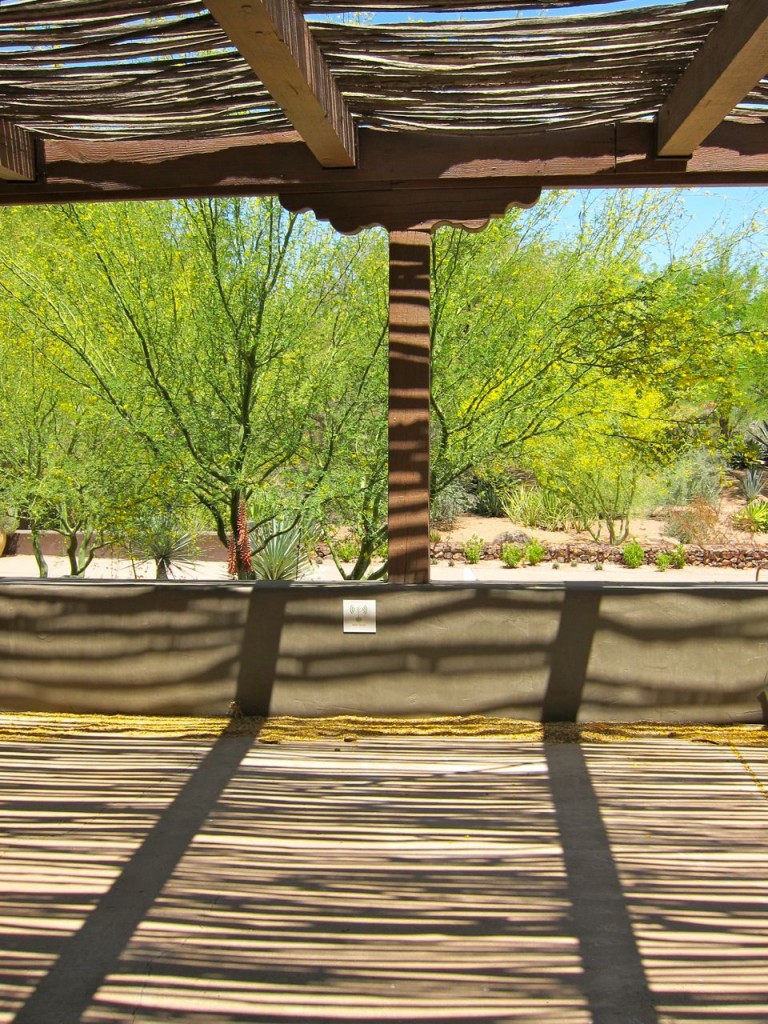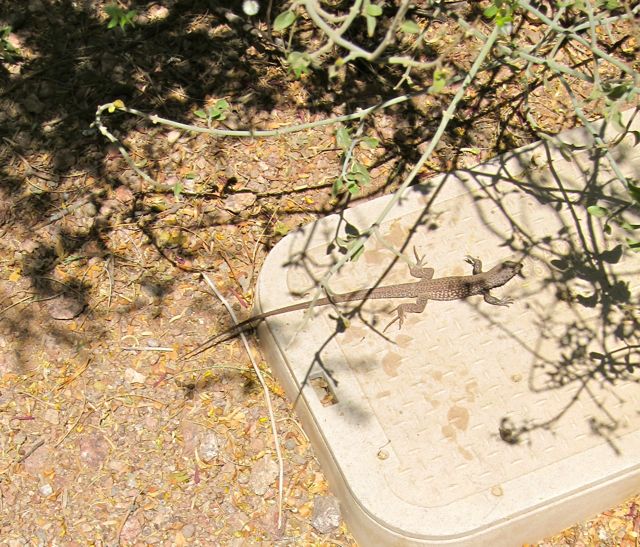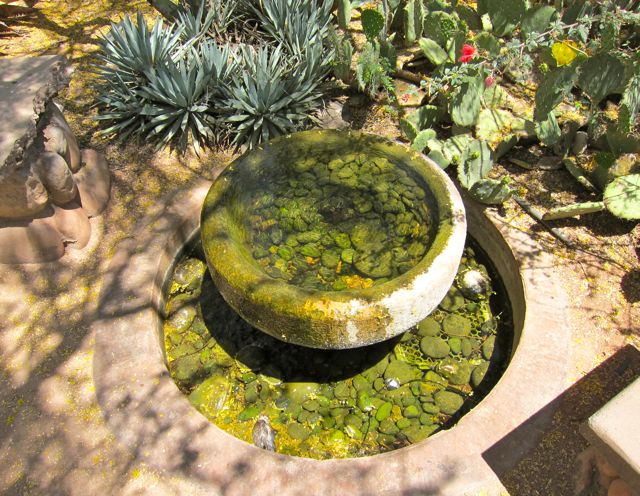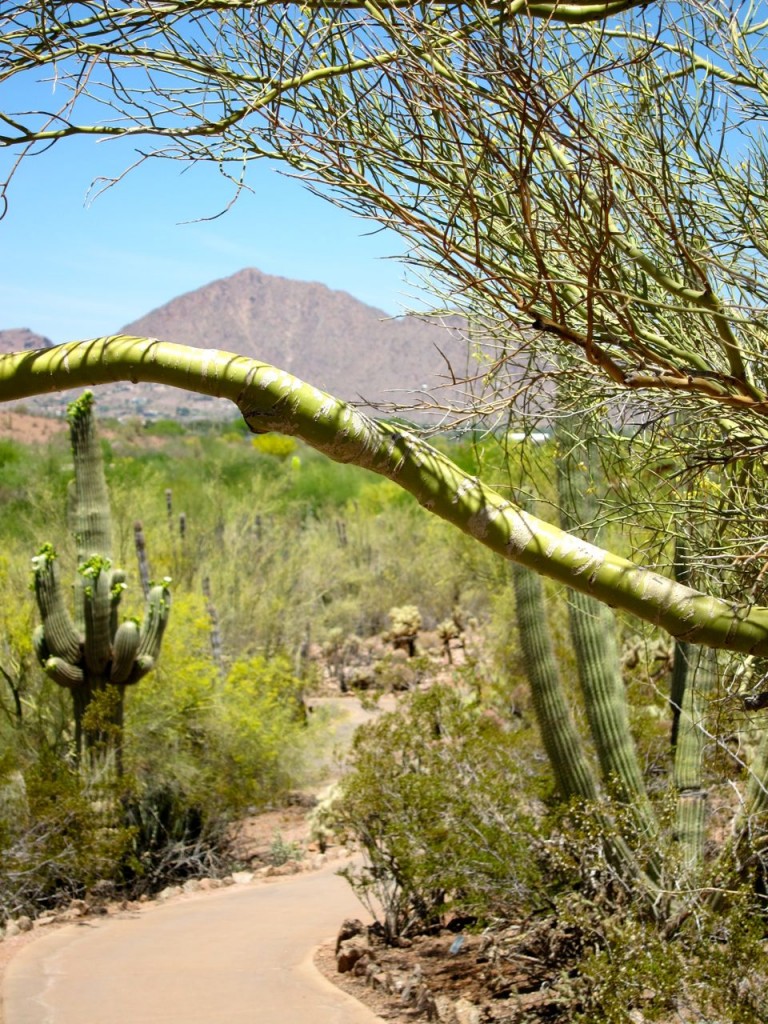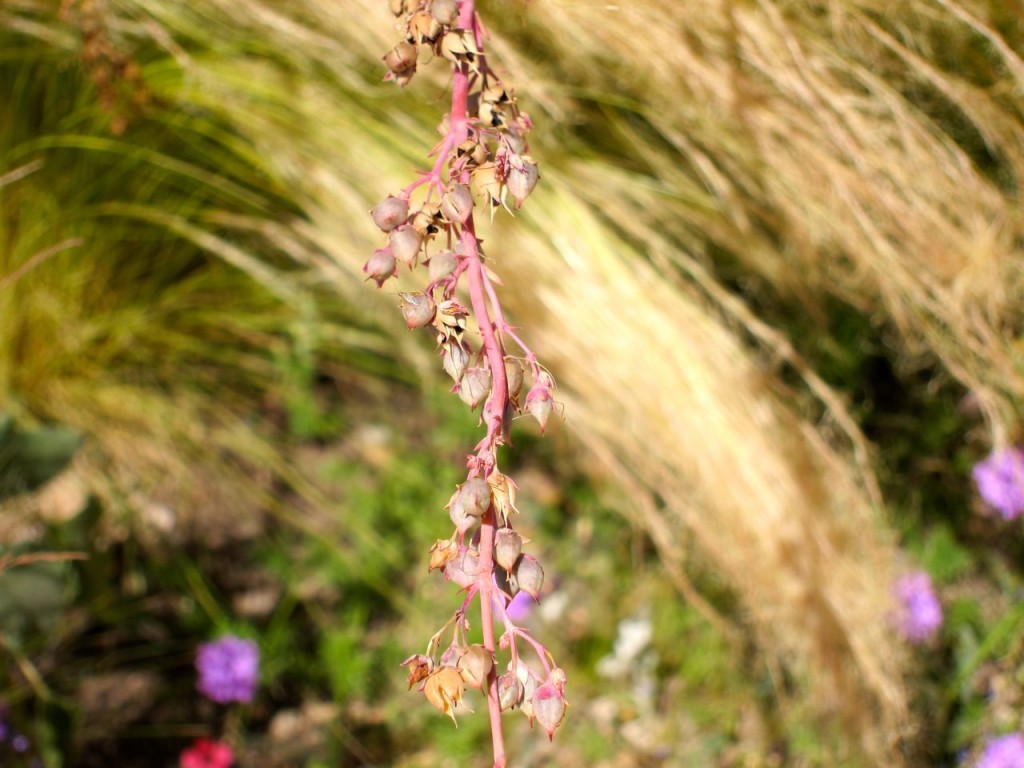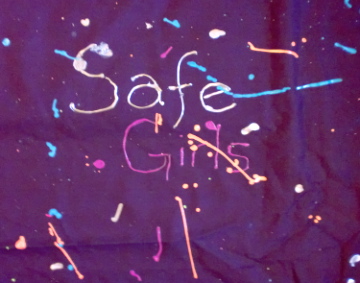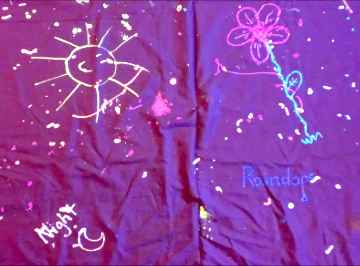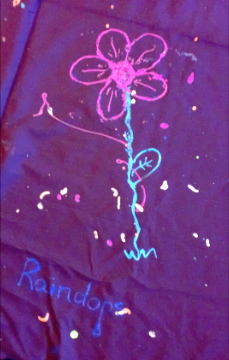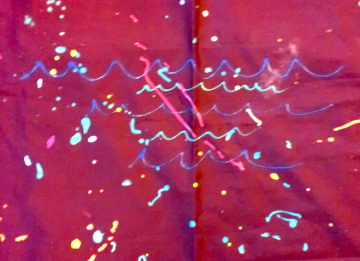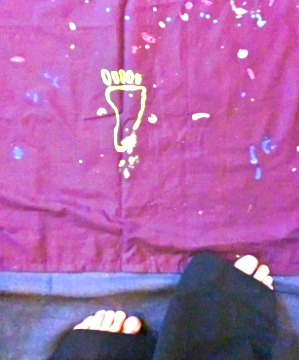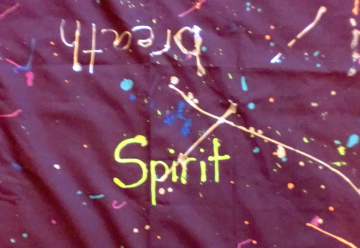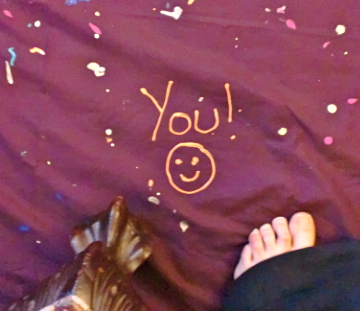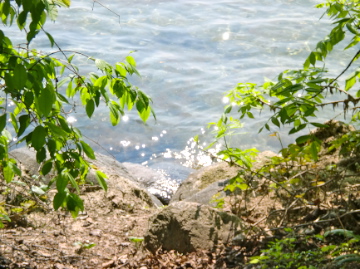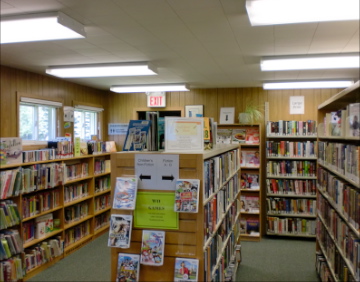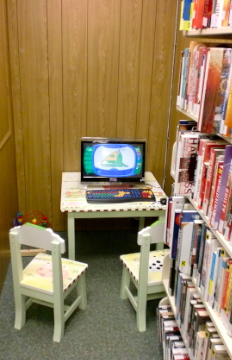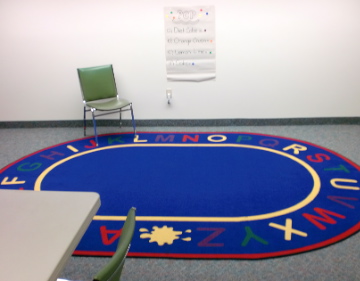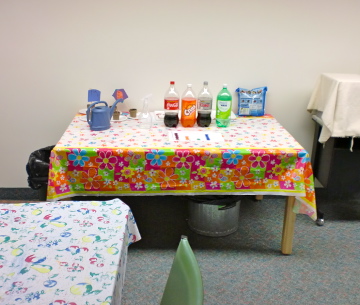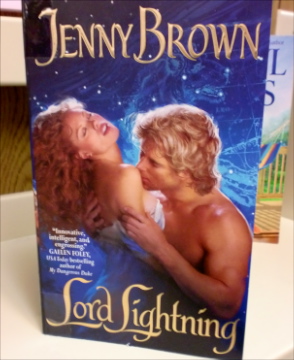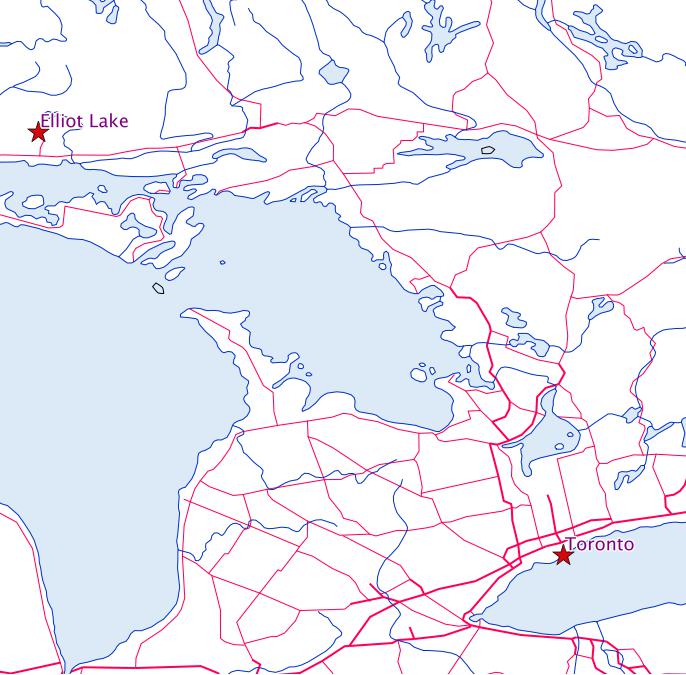
Ever since a friend introduced us to the northern beauty of Elliot Lake and its surrounding forests two years ago, my husband and I have taken several trips there. After our first visit, I even wrote a blog post about Elliot Lake’s library situated in the Algo Centre Mall.
On June 23, 2012, part of the Algo Centre’s roof collapsed, crashing through two floors of the mall and killing two women. The news shocked and disturbed me, especially when I considered how often we had shopped in this building and how my friend used to spend countless hours in the food court working on her laptop. Before the mall collapsed, my faith in the safety of structures like the Algo Centre was intact, but now that conviction feels shaky.
Earlier this year, my husband and I had discussed another visit to Elliot Lake at the end of the summer. After the tragedy, we weren’t sure if we still wanted to go, but in the end we stuck to our original plan in hopes that our tourist dollars would help the community.
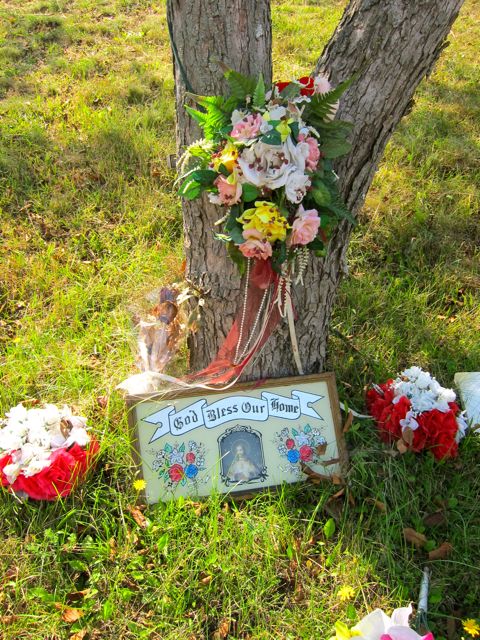 On a hot afternoon last Saturday, Stewart and I lunched at Jane’s Tea Garden, a cafe and gift shop that faces the fenced-off hill that marks the edge of the Algo Centre’s property. As I ate my soup and salad, I saw at least eight people, some with large cameras, climb up the stone steps that stopped abruptly at the tall fence bordering the mall and its parking lot.
On a hot afternoon last Saturday, Stewart and I lunched at Jane’s Tea Garden, a cafe and gift shop that faces the fenced-off hill that marks the edge of the Algo Centre’s property. As I ate my soup and salad, I saw at least eight people, some with large cameras, climb up the stone steps that stopped abruptly at the tall fence bordering the mall and its parking lot.
After lunch, I bought a pair of sneakers from Tin Can Alley (a few doors down Ontario Avenue from Jane’s Tea Garden) and then walked up the stone steps that the other tourists had recently ascended. I stopped in front of the “Danger! No Trespassing” sign and looked beyond it to the ruin of the mall. It didn’t seem right to snap photos of such devastation, so I left my camera in my bag.
I felt a little queasy from the heat and the way the twisted metal and concrete debris reminded me of the fallen Twin Towers and pictures of Joplin, Missouri after last year’s tornado. Nevertheless, I wanted to get a clearer view of the collapsed mall entrance, so I walked a few paces west.
I tried to take in the scene in its entirety, but it was difficult. My eyes kept locking on stray details like the five shopping carts I could see in the foreground and closer to the entrance. It was like a grim game of I Spy:
I spy one of the carts fallen on its side and another one full of thick silver wires pulled from the rubble. Two more carts have been tossed into piles of debris in the parking lot, and the last one I see is upright and empty, a ghostly reminder that this place used to be a busy, normal site of commercial activity.
When I look at the carts, I remember buying a purple paisley blouse and two towels from the now silent Zellers two summers ago. I used one of the towels to pad an epic sprawling-on-a-dock session by a lovely lake, one of my favorite memories of northern Ontario. And the Foodland where we bought picnic supplies — apples, petite boursin, juice boxes — is now a reeking horror of rotten food that has had two months to putrefy.
From my position upwind of the grocery store, I was spared the revolting smell, but I still felt slightly nauseated and shaky. The disaster site put me off-kilter, and a vague sweaty headache pulled at my consciousness. In my gut, I sensed a pocket of emptiness in the shape of a fist. The fist was the color of hot rust, its knuckles outlined in red.
Although I didn’t personally know the two women who died in the collapse, the tragedy of their passing exposed my own grief over recent and past losses, for the presence of Death collapses identifying boundaries such as the cause of death, the location, the time elapsed, and social proximity to the victims. The people who lost Doloris Perizzolo and Lucie Aylwin two months ago at Elliot Lake are hurting like me when I lost Dad, Grandma, Jenny, and Eric.
Looking past the rubble to the mall itself, I was struck by the naked chaos of the twisted, ragged hole where the mall’s entrance used to be. I looked at it in disbelief and wondered if I should be witnessing a building in such an exposed condition. Maybe that was why I didn’t feel right taking pictures of the ruin. The mall looked vulnerable, literally stripped to its bare skeleton, showing square frames upholding nothing save a few exposed wires where solid walls once stood.
The entrance was a peeled and ragged maw of emptiness, a grimacing face on which silence rests because nobody knows what the hell to say. And behind that useless portal lay a crime scene, its rotting contents a nauseating metaphor for the neglect that led to the collapse. A traumatized and traumatizing building with memories of shock, fear, flight, injury, and death.
I think about the library on the second floor of the mall. It wasn’t far from the lottery booth where the two victims died. I remember the quilt on the wall, fishing rods for rent, a mural, and a large French collection. All part of the rubble now. (Elliot Lake plans to open a new library not far from the mall at White Mountain Academy).
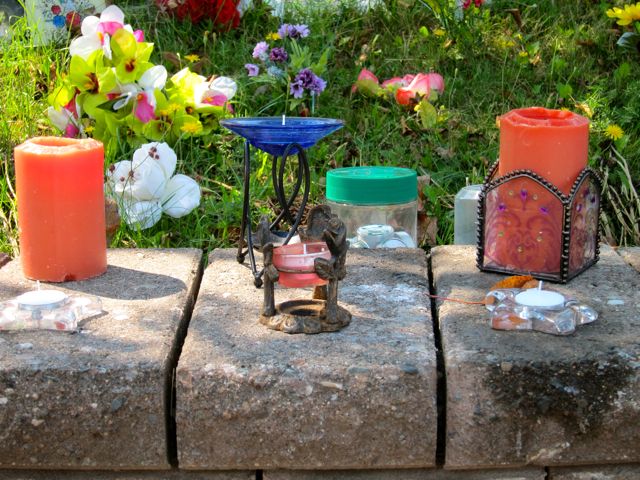
 For comfort, I turn away from the ruin and walk back down the hill to study the shrine. Although it sits in the shadow of destruction, decay, and collapse, the memorial display is an attempt to lovingly respond to senseless loss. The shrine’s candles, Inukshuks, teddy bears, flowers, and angels testify to a heartbroken town’s courage, community strength, and its refusal to forget. Elliot Lake, I’m holding you in my prayers as you wrestle with grief and seek the light of justice.
For comfort, I turn away from the ruin and walk back down the hill to study the shrine. Although it sits in the shadow of destruction, decay, and collapse, the memorial display is an attempt to lovingly respond to senseless loss. The shrine’s candles, Inukshuks, teddy bears, flowers, and angels testify to a heartbroken town’s courage, community strength, and its refusal to forget. Elliot Lake, I’m holding you in my prayers as you wrestle with grief and seek the light of justice.

